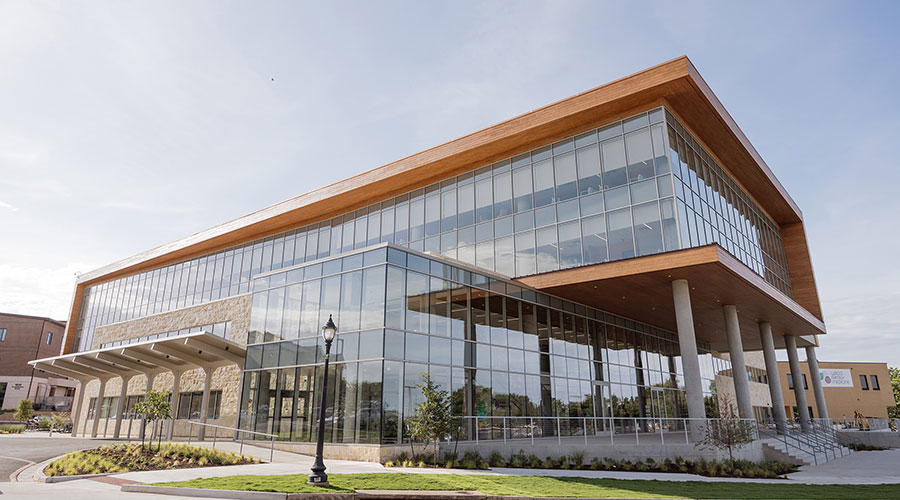The urgent care industry continues to experience year-over-year growth as more patients seek on-demand care for non-emergency conditions, according to the annual Benchmarking Report from the Urgent Care Association (UCA). Much of this growth is fueled by a diversifying patient population calling for immediate access to specialized and on-demand medical care.
“Urgent care centers play an increasingly vital role in the continuum of care, providing services for a wide array of patients who may be unable to see a primary care physician for various reasons, including simply not yet affiliating with one,” said Laurel Stoimenoff, PT, CHC, CEO of UCA. “As a result, the patient populations utilizing urgent care centers are evolving, with Millennials leading the way in driving demand and increased utilization. And as Baby Boomers are aging into Medicare, we are also seeing year over year growth in that sector as well.”
As of November 2018, the total number of urgent care centers in the U.S. reached 8,774, up eight percent from 8,125 in 2017.
Convenience of UCCs Resonates with All Demographics
Urgent care centers provide easy access to on-demand, affordable care – meeting the healthcare needs of a variety of patient populations. The 2018 Benchmarking Report found more than 70 percent of patients wait less than 20 minutes to see a provider at an urgent care center, and nearly 94 percent are seen in less than 30 minutes. In terms of total visit time, nearly 85 percent of patients are taken care of in less than 60 minutes.
Furthermore, 98 percent of patients seeking treatment in urgent care centers are in the right place, with just 2 percent being diverted to emergency departments for higher acuity care or diagnostics.
According to the report, a median of 35 percent of patients seeking care at urgent care centers are unaffiliated with a primary care provider or a medical home. Urgent care centers serve as the ‘front door’, often connecting these patients with a medical home or specialists.
In addition, the number of Medicare and Medicaid patients seeking services at urgent care centers continues to grow, accounting for nearly 27 percent of all visits in 2018. This can be attributed, in part, to Baby Boomers who were already using urgent centers and are now starting to tap into Medicare benefits.
“Urgent care centers continue to expand their scope of services, catering to the needs of local patient populations,” said Stoimenoff. “Specialty services such as occupational medicine, pediatric care and telemedicine are becoming more prevalent, increasing access for patients across the country, particularly in underserved communities. These services help alleviate crowded emergency departments while reducing the impact of physician shortages in communities nationwide.”
Once again, UCA and Merchant Medicine collaborated on the annual report, bringing deep, industry insight to the data. This year’s report cites the largest urgent care organizations by ownership type, provides a comprehensive analysis of urgent care operators and includes data on urgent care saturation by core-based statistical area.
The full 2018 Benchmarking Report on urgent care and on-demand industry growth and trends is available for purchase on the UCA website here. More information about the UCA can be found at http://www.gateway2better.org.
 Waco Family Medicine Achieves Savings and Bold Design with Wood Selections
Waco Family Medicine Achieves Savings and Bold Design with Wood Selections Alleged Ransomware Administrator Extradited from South Korea
Alleged Ransomware Administrator Extradited from South Korea Design Plans Unveiled for New Intermountain St. Vincent Regional Hospital
Design Plans Unveiled for New Intermountain St. Vincent Regional Hospital Ground Broken on New Pediatric Health Campus in Dallas
Ground Broken on New Pediatric Health Campus in Dallas Pre-Construction Strategies for Successful Facilities Projects
Pre-Construction Strategies for Successful Facilities Projects